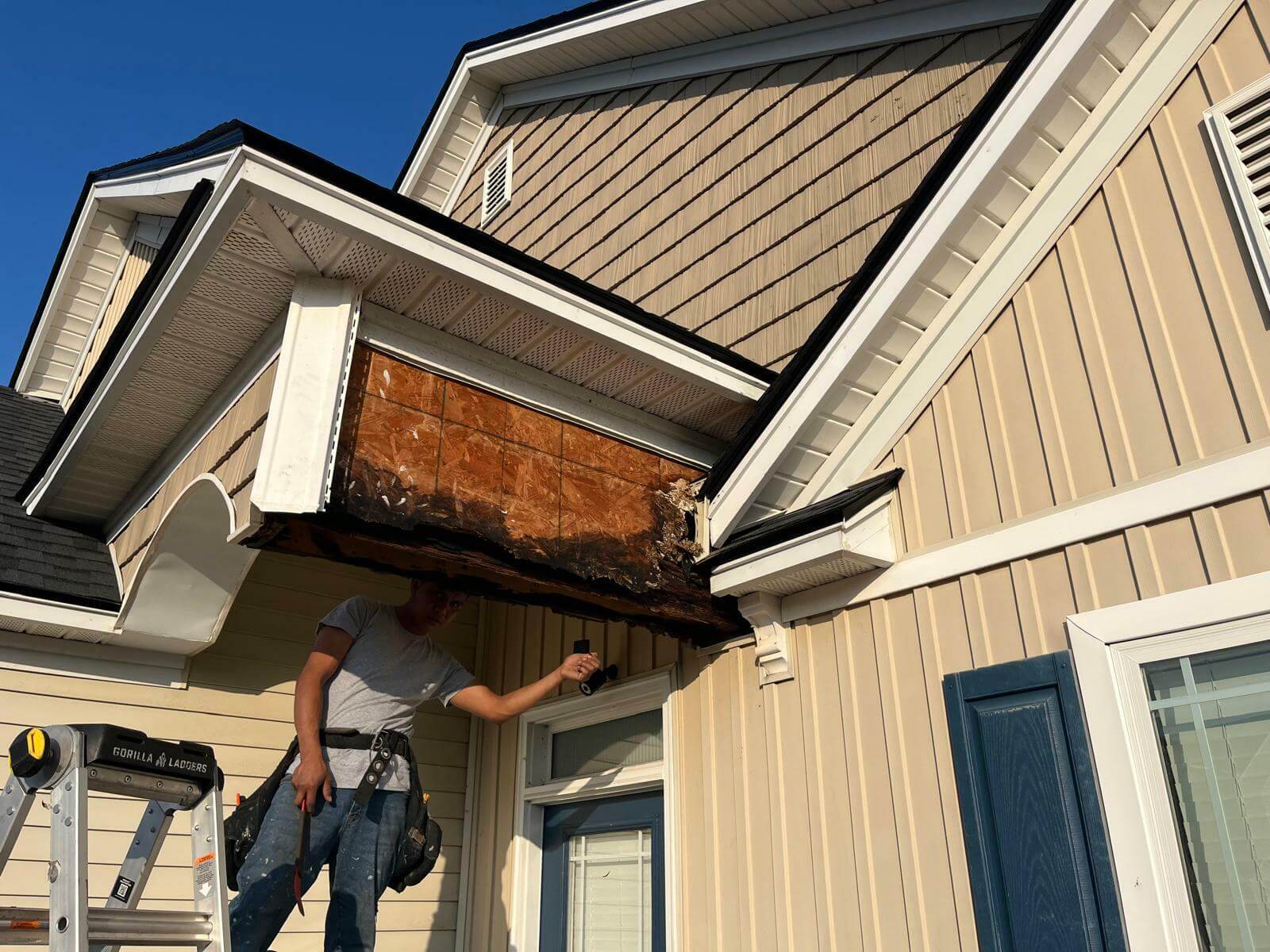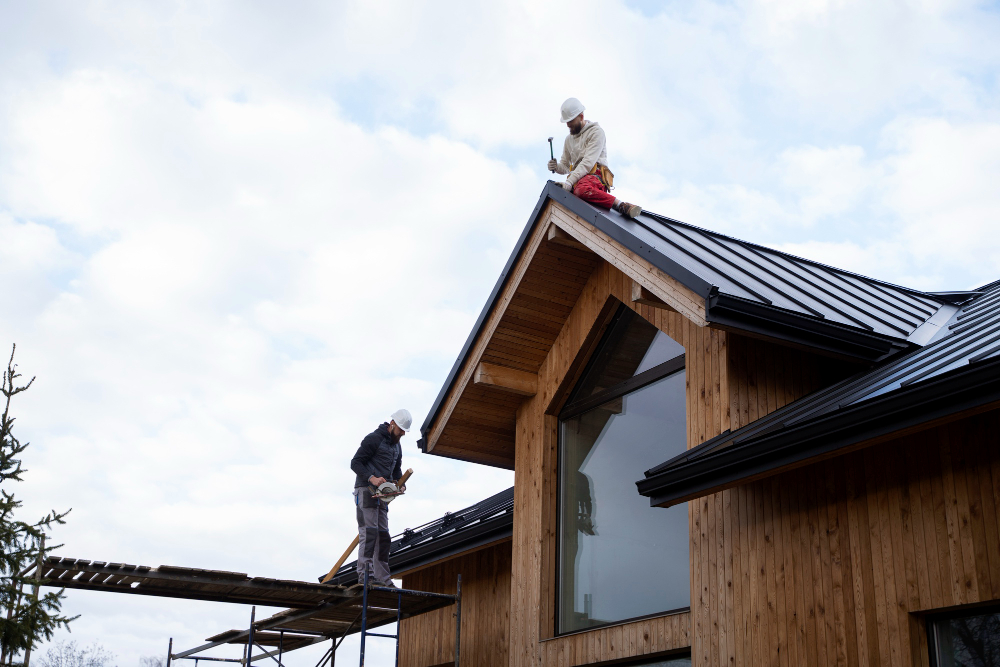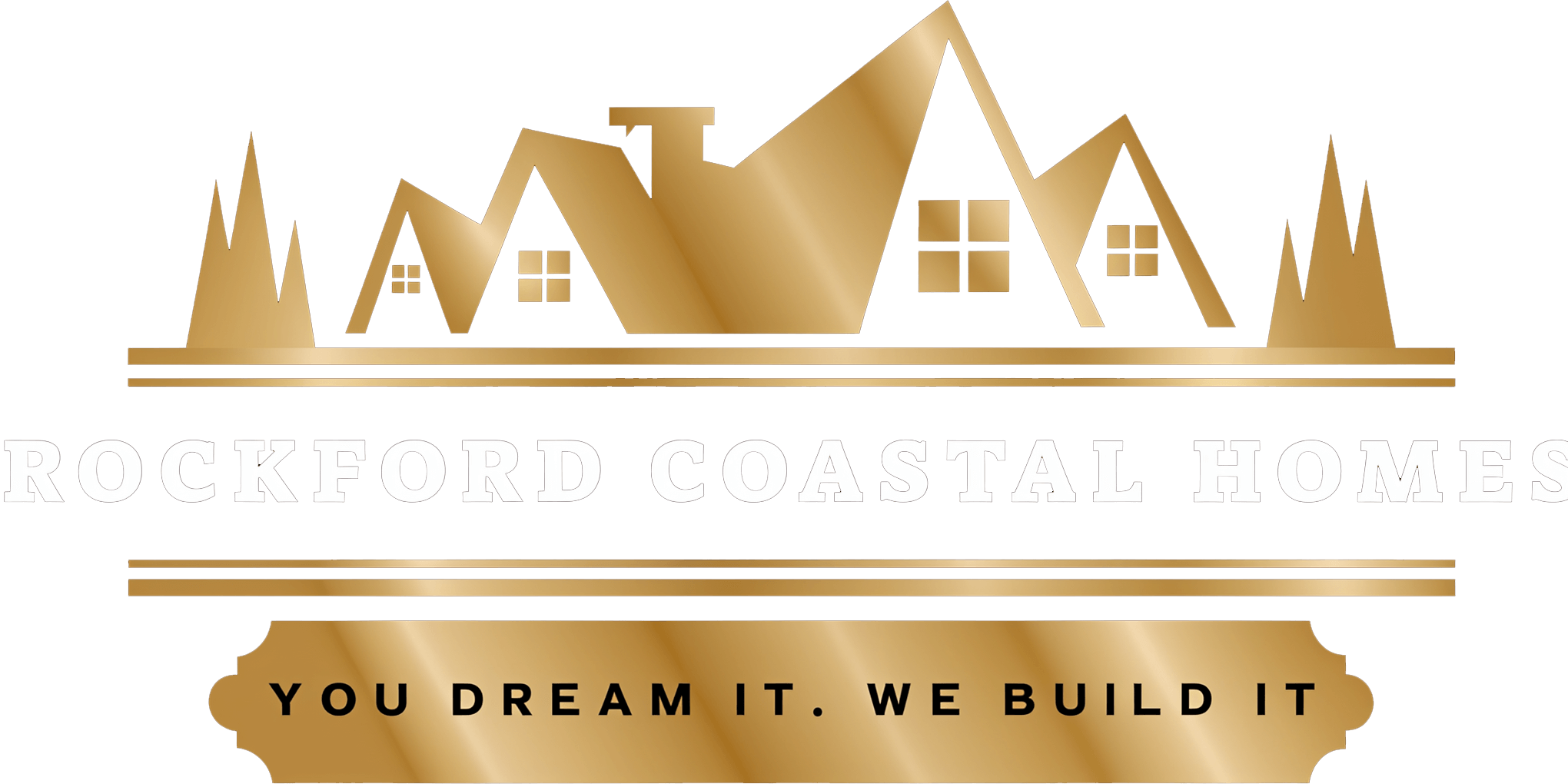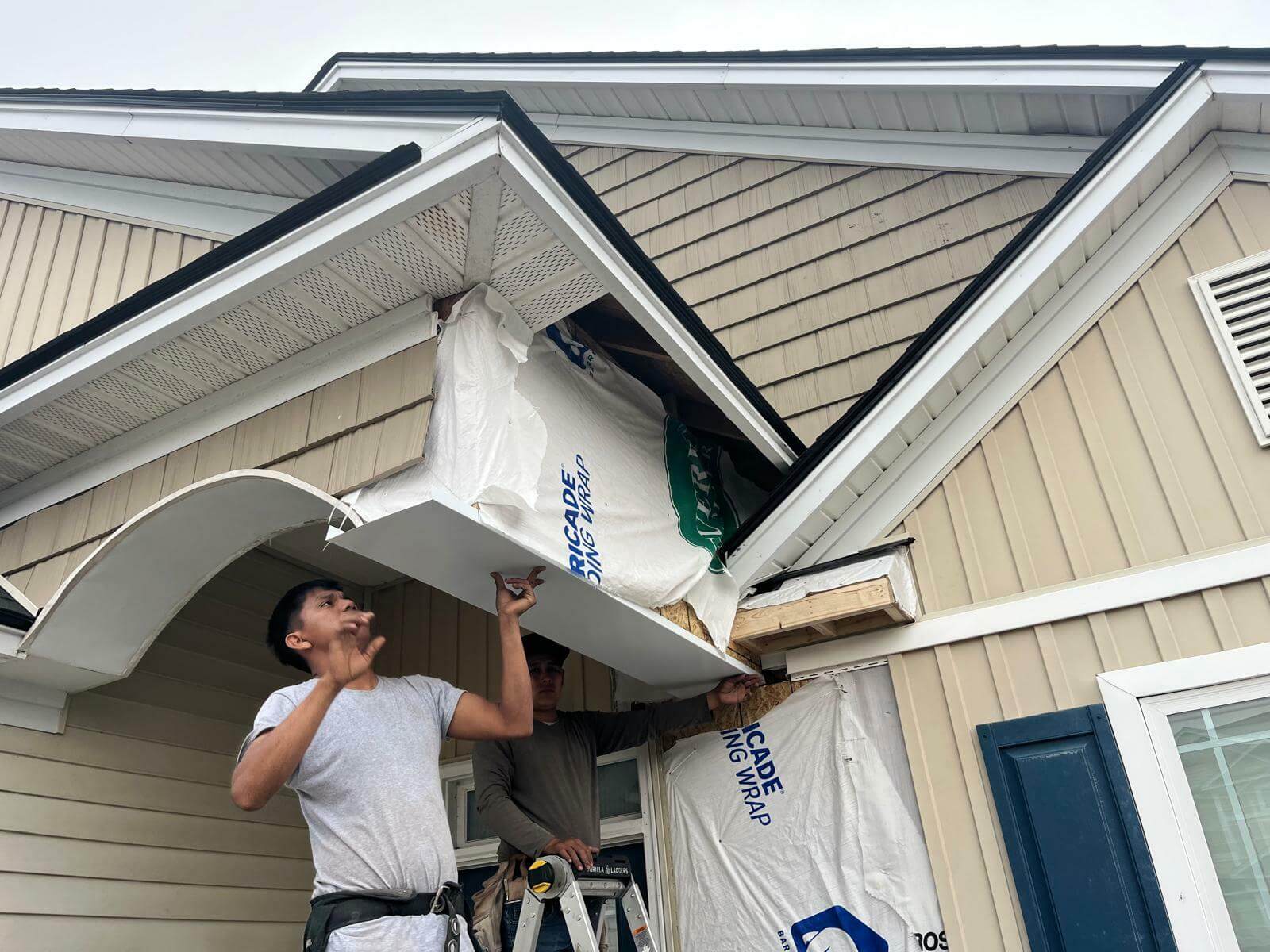From the time we build our home until we renovate, the exterior of our space is always exposed to sunlight, winds, and extreme weather conditions. If we don’t keep it in the best condition, eventually, it will start damaging the interior and even may cause hefty losses. Thus, siding helps maintain your property, reduces the wear and tear effect, and complements the aesthetic appeal.
If you have no prior idea about what it is and are not sure which type of siding is best for you, don’t worry. This blog will explore it and allow you to choose the ideal one according to your demands.
What is Siding?
As the name suggests, siding serves as a protective layer that keeps the exterior of your home in excellent condition while preventing damage from weather and seasonal changes. It saves your space from the damage of insects, pests, mold, and even early deterioration of the building’s outer structure. Since it is made from various materials, each component provides significant resistance against these damaging effects.
Top Types of Siding for Your Space
Want to explore the types of siding? Below are some of the popular ones, explained briefly so you can pick the one that meets your demands.
Natural Wood Siding
First, we have natural wood siding, which is a perfect choice for wood lovers. Those who want to transform their home’s look with wood shingles but do not have enough budget can also consider wood siding as an alternative. This way, they can achieve their aesthetic goals without compromising on the quality of materials.
Plus, if any damage occurs in the wood siding, it’s easier to restore it either from that spot or by replacing the whole patch. This allows you to save your time juggling complex restoration processes. If well-maintained, the material can stay in its best shape for 5-7 years or more.
Pros
- Easy application of paint
- Quick repairs
Cons
Wood demands scheduled maintenance
A bit costly over other types of siding

Wood Composite Siding
Composite wood siding is made of fibers and polymers, along with recycled plastic ingredients, that help to utilize waste materials and promote eco-friendly products. Its cedar components allow the siding to last up to 100 years.
A whole century?
Yes, if you maintain it well and don’t allow the external factors to take control over it.
Meanwhile, composite siding is an affordable option that costs little and demands no extra maintenance throughout its lifespan unless damaged by extreme external factors like weather or fires.
Pros
- Variety of ingredients provides more strength
- Eco-friendly & reliable choice
- Available in a range of patterns
Cons
- A bit costlier
- Bulky than natural wood
- Complex installations
Brick Siding
Brick looks never go off-trend, regardless of the other options introduced in the market. It stays on trend and glorifies your home’s look on the go. That’s why individuals prefer it as a reliable and affordable option.
In addition to the appearance of your home’s exterior, you can coordinate it with your driveways, and even the patios to create either uniformity or contrast. However, if the mortar (a mixture of sand, cement, and water) is removed from the bricks, it can weaken the structure and may cause the bricks to fall off. Although this is not a common occurrence, when it does happen, it requires immediate restoration to prevent further damage.
Pros
- Fire-resistant grade quality
- Minimal upkeep
- Controls the temperature flow (inside & outside)
Cons
- Limited variety available
- Demands re-mortaring after sometime
Metal Siding
Since metal is a common material used for a wide range of construction purposes, it is also the finest choice for siding. This siding provides a sturdy look and performance with minimal upkeep.
However, moisture and constant humidity can lead to staining and rust problems. That’s why residents need to maintain their condition seasonally to prevent these issues and extend their operational lifespan. Depending on the environment, you can expect it to last between 40 and 70 years or more.
Pros
- Eco-friendly material
- Can be recycled easily
- Little care required
Cons
- Rust issues in more humid regions
- Low-quality metal doesn’t offer much value
Vinyl Siding
If you’re considering a siding option that offers short-term durability at a low price, vinyl siding is the way to go. It can be your first choice if you’re a tenant, have just moved in, or are planning to move into a new home. This choice is ideal if you want roof restoration for a few months before considering a major renovation project.
In these conditions, vinyl siding stands out and doesn’t require any additional cost. Yet, because of its price, it is more susceptible to frequent damage from seasonal weather (high winds or hail), and even a baseball hit can damage a patch of it.
Pros
- Minimises the noise levels inside
- Keeps the pests away from your home
- Lowers utility bills
Cons
- Cracks and damages
- No increase in the home’s value
- Fades earlier than other sidings
Fiber Cement Siding
Fiber cement siding is made of material that mirrors vinyl, cement, and even wood siding. Yet, due to its additional strength, it is more resistant, which is why the manufacturers offer a 30—to 50-year warranty.
As it’s available in a variety of colors and textures, you have a range of options when choosing it for your residential or commercial property.
Pros
- Stays resistant to salty air
- Customization as preferred
- Best value for money
Cons
- Complex installation
- Lower color choices
- May lead to mold growth problems
Stone Veneer Siding
You may have seen this siding in vintage or old homes or even historical places. At first glance, it seems to be an actual stone-built wall, but when you pay close attention, that’s not the case. It’s basically stone veneer siding, which creates the illusion of a pure stone-based structure.
Pros
- Organic & sustainable material
- Sourced directly instead of manufacturing
- Easy recycling for future
Cons
- Expensive due to premium material
- Expertise required for installation
- Improper integration can’t be reverted
Unsure whether it’ll suit your property or not? Well, consider these factors if you want to take it for your space:
- Homeowners who want to enhance the curb appeal of their home’s exterior
- Individuals seeking unique styles on a budget
- If you desire a rustic or traditional vibe
Insulated Vinyl Siding
Now we have the insulated vinyl. If you think of it as regular vinyl, rethink it because it contains insulation that helps to control the temperature.
For example, when it’s cold outside, and you’re inside where it’s warm, the insulated vinyl keeps your indoor space cozy. Conversely, if it’s hot outside, you can retain the cooling of the air conditioner and shield your indoors from high temperatures.
Pros
- Blend of basic & insulated material
- Better temperature management
- Energy efficient consideration
Cons
- Higher initial costs
- Challenging repairs

Rockford Coastal Homes – Your Siding Project Partners
All in all, we hope you thoroughly explored the common types of siding and how they can improve your home’s value. Since each region and location’s demands are different, the landlord’s preferences also vary. They have the option to go for any material and type that clicks them and meet their goals.
At Rockford Coastal Homes, we offer a range of siding installation and repair services at your doorstep. If you wish to get an instant quote, you can consult with our experts at 9127241902 or even write to rockfordcoastalhomes@gmail.com.


